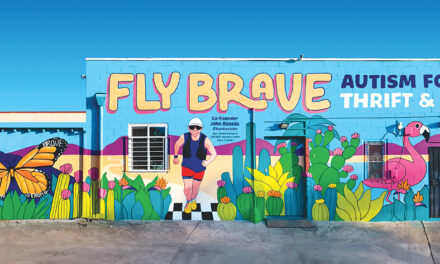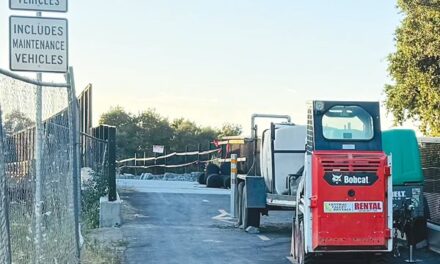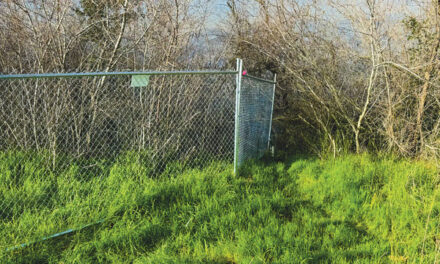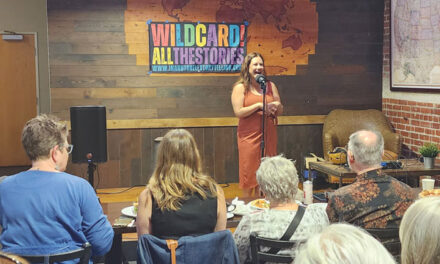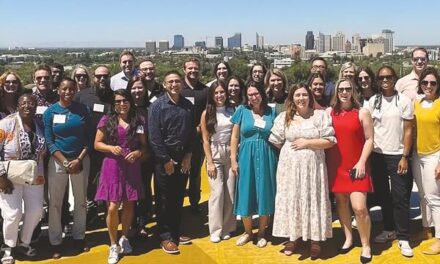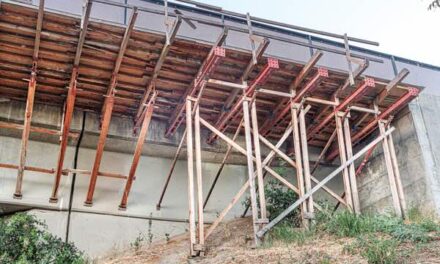Waste Not
Sanitation district maintains safe haven for wildlife
By Cathryn Rakich
October 2019
From a distance, the open field, carpeted with thousands of tiny yellow blossoms, appears as one continuous buttery blanket warming the earth under a flawless sky.
Even better, we are about to walk on it—an ocean of goldfields, sibling to the sunflower and one of many native flora we will encounter.
I have joined a group of Master Gardeners to tour the habitat preserve encircling the Sacramento Regional Wastewater Treatment Plant in Elk Grove. As we stroll through the vast tapestry of blooming goldfields, not a paved roadway or concrete building in sight, it is difficult to imagine this oasis is in the midst of suburbia.
This is Bufferlands.
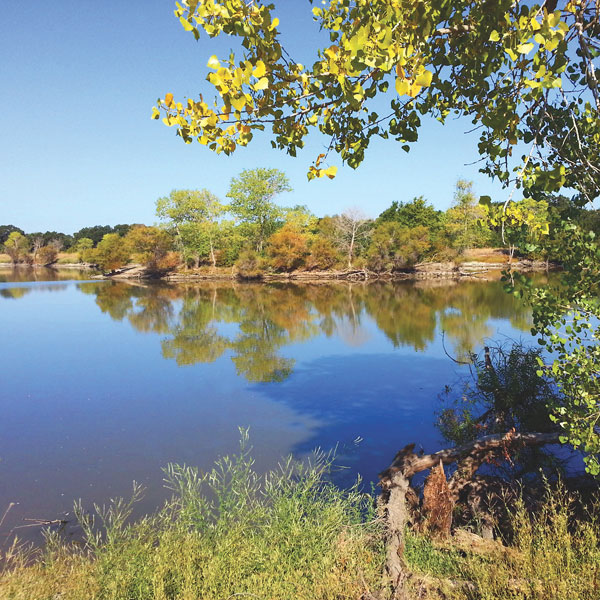
When the Sacramento Regional County Sanitation District, known as Regional San, purchased 1,050 acres in the late 1970s for the treatment plant, it also acquired 2,150 acres of surrounding real estate to serve as a buffer between the wastewater facility and nearby homes and businesses.
Instead of ignoring the land, Regional San elected to maintain the property as a mix of dryland, wetland and riparian forests that now support an abundance of animal and plant wildlife.
“This may not be something you would expect from a sanitation district,” says Bryan Young, natural resource supervisor for Bufferlands. “Why is the sanitation district going to such lengths to be a responsible steward of its land and not just put up a fence around the whole area?
“We are actually putting resources into habitat restoration, enhancement and management.”
A short way down the dirt road we spot a few cottontails in the tall meadow grass. Bufferlands supports 25 species of native mammals—fox, coyotes, jackrabbits and aquatic animals, such as beavers, otters and muskrats. “Our mammals are what you would expect to see in this part of the valley,” says Young, who has been with Regional San for 26 years.
Because Bufferlands is surrounded by urban and suburban development, with Interstate 5 on one side and major thoroughfares on the other, “We are kind of isolated,” Young says.
But he notes there are natural passages onto the property, with creeks to the east and west. The first deer sighted probably came from Stone Lakes National Wildlife Refuge to the south.
Moving along on our tour, two high-power spotting scopes allow us to zoom in across one of Bufferlands’ five lakes for a close-up view of nesting great egrets, double-crested cormorants and great blue herons.
This trio of birds, which return every February, nest side by side among more than a dozen trees spanning a quarter mile. “We call it the rookery,” Young says. This year, “we counted 162 nests, something we’ve seen grow every year.”
The latest bird count is 241 different species. The last noted was the northern shrike, a predatory songbird that winters in North America. “One of our staff members is probably one of the best birders in the state,” Young says. “He is always on the lookout for the next new bird to come in.”
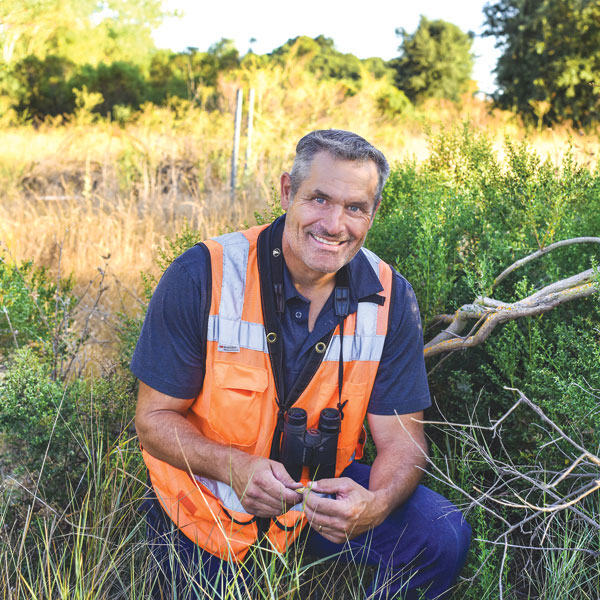
Because Bufferlands lies along the Pacific Flyway, ducks and geese traveling south for the winter or north in the spring pass over the preserve. “It’s a pit stop for these guys,” Young notes.
One bird that comes back every year is the Canvasback duck. “We get 1,000 to 2,000 a season.”
The fish species on Bufferlands hovers around 20, but most are non-native. “A lot of folks don’t realize that the largemouth bass, crappie and catfish are introduced sport fish,” Young points out. “The native fish are the ones people are not familiar with, like the Sacramento blackfish.”
Lizards, turtles and snakes are common, but no rattlers. “We have never come across venomous snakes,” Young says. “We are too low of an elevation and a good portion of our property floods in the winter time.”
Bufferlands is home to several threatened species, including fairy shrimp, which live in the vernal pools, and Swainson’s hawk, which winters in South America but returns to the Central Valley to nest. Other nesting raptors include the red-tail hawk, Cooper’s hawk, kestrel, barn owl and great horned owl. “It’s not uncommon to have 50 or 60 nests of various raptors.”
Bufferlands leases out about 1,000 acres for cattle grazing and hay and row crops, such as tomatoes, cucumbers and alfalfa, which is the No. 1 crop for harboring rodents. Alfalfa “attracts a good prey base—a lot of small rodents feed a lot of raptors,” Young says.
While Bufferlands is not open to the public on a regular basis, community groups and schools can schedule private tours.
Several outreach events are held each year, including Open Trail Day, Saturday, Oct. 19. “People check in and get to explore Bufferlands at their leisure,” Young says. “It’s as close to unsupervised access as they get out here.”
Tones of Fall is an escorted tour on Saturday, Nov. 9. “Fall is a really fun time—there are some brilliant fall colors,” Young says. “It’s a good time to be out here. It’s always a good time to be out here.”
For more information and a calendar of events, visit regionalsan.com/bufferlands.
Cathryn Rakich can be reached at crakich@surewest.net. Follow us on Facebook, Twitter and Instagram: @insidesacramento.







